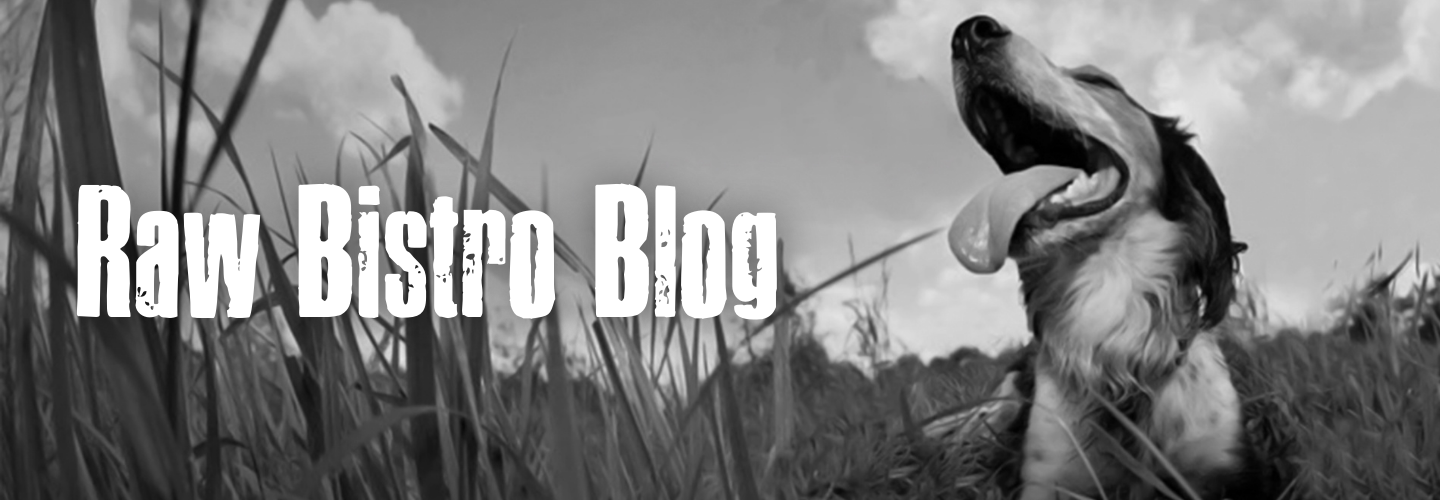
Imagine eating the same thing everyday for every meal. Taste aside, you wouldn't be getting the variety of nutrients your body needs to keep it functioning properly. Well, same goes for our four-legged friends!
For years, the commercial pet food industry has taught us dog lovers that once you find a diet that works for your dog, you shouldn't change it or you might risk upsetting their stomach. However, this notion can be extremely harmful.
Like us, dogs should have a rotated diet that consists of more than one set of nutrients. Keep reading to explore why rotational diets are so important to your pet's health and how they can work to improve mealtime boredom.
Understanding Rotational Diets
A rotational diet is any diet that will switch things up on a day to day basis. You may choose to switch between different forms of food (such as dry, dehydrated, or raw) or between types of proteins (such as chicken, beef, or bison) alongside fruits and vegetables so you can make sure your dog is getting all the essential nutrients that they're meant to.
There is a common misconception that rotational diets require strategic planning and a loss of convenience that most of us are not willing to let go of. In truth, introducing a rotational diet can be as simple as refilling your dogs bowl - just with a different blend of food! Even rotating the type of treats or bones they chew can contribute to a better overall variety in their diet.
Introducing a rotational diet is becoming more and more common in pet owners as we begin to understand the health benefits and how to better take care of our beloved pets.
Benefits of Rotational Feeding - Is it good for Dogs?
Commercialized kibble and dry dog food came with the idea that your dog should be eating the same thing for every meal rather than getting a mixed variety as they do in the wild. However, eating the same thing day in and day out can cause food sensitivities such as allergies and intolerances, not to mention that your dog will be pretty limited on the vitamins and minerals they are intaking.
Rotational diets help to ensure your dog is getting the nutritional diversity they need - a variety in food means they are getting variety in amino acids, vitamins, and minerals based on the proteins they are eating. As more research develops on what nutrients dogs really need, rotational diets have seen multiple health benefits such as:
- contributing to a healthy gut
- strengthening immune systems
- reducing risks of developing allergies or food sensitivities
- less likely to develop digestive upsets
Your dog's nutritional health is so important, and can often be overlooked when feeding with just one food source - thats why rotating the food you're giving them has multiple benefits that open up a more diverse nutritional profile with every meal.
Can Switching Your Dog's Food Be Harmful?
Generally, rotational diets are not harmful and shouldn't upset your dog's digestive tract - especially if you’re switching between raw dog foods. Most stomach sensitivities develop from the carbohydrates within food, or potentially a certain protein. However, it's good to be aware of potential irritations, especially with dogs that already have specialized diets, sensitive GI tracts, or any health issues that may require diet restrictions.
Additionally, dogs with certain medical conditions such as IBD, EPI, other bowl-type diseases, or if their current food keeps them happy, you may want to be cautious when trying out a rotational diet - if that sounds like your dog, it might be best to avoid switching food, or consult your vet for advise on creating a diet plan.
Novel Proteins & Food Sensitivities
If you’re trying out a rotational diet, it’s often a good idea to leave at least one novel protein. A novel protein is a protein source that your dog has never digested before and can be an important part in keeping skin or stomach sensitivities at bay. If your dog suddenly develops an allergy to a single protein in the food they’re consuming, novel proteins (such as duck, rabbit, venison, fish, or even kangaroo) can be used as a potential solution to help identify your pet's food allergy. Jumping around from multiple exotic proteins or trying every protein on the market will reduce the amount of novel proteins to choose from if your dog ever develops a food intolerance.
Picky Eaters
Introducing a rotational diet could even be a solution to helping dogs who seem uninterested in their food. They’ll be getting a variety of flavors and may increase interest in completing their meal.
However, be wary or you may find yourself in a catch-22. In result to fixing mealtime boredom, rotating their food has the potential to make a picky dog more picky - especially if the types of meals you are rotating are vastly different in form or flavor.
Getting Started with a Diet Rotation
When we think of diets, we tend to think of eating on a strict schedule. but following a rotational diet requires no monitoring, or a super-schedule that will reel you in for a hassle.
In truth, the best schedule to follow is one that works for you and your dog. You can start by doing what works for you, whether that be rotating on a daily, weekly, or even monthly schedule. If your dog is new to a rotational diet, introduce the new food gradually.
Rotate With Raw Bistro
At Raw Bistro, all of our raw dog food products are considered a true rotational diet. This means that we change not only the protein, but also all of the fruits and vegetables in every diet so you can be sure your dog is getting a different meal with every bag - which is not something that's common across other dog food brands!

